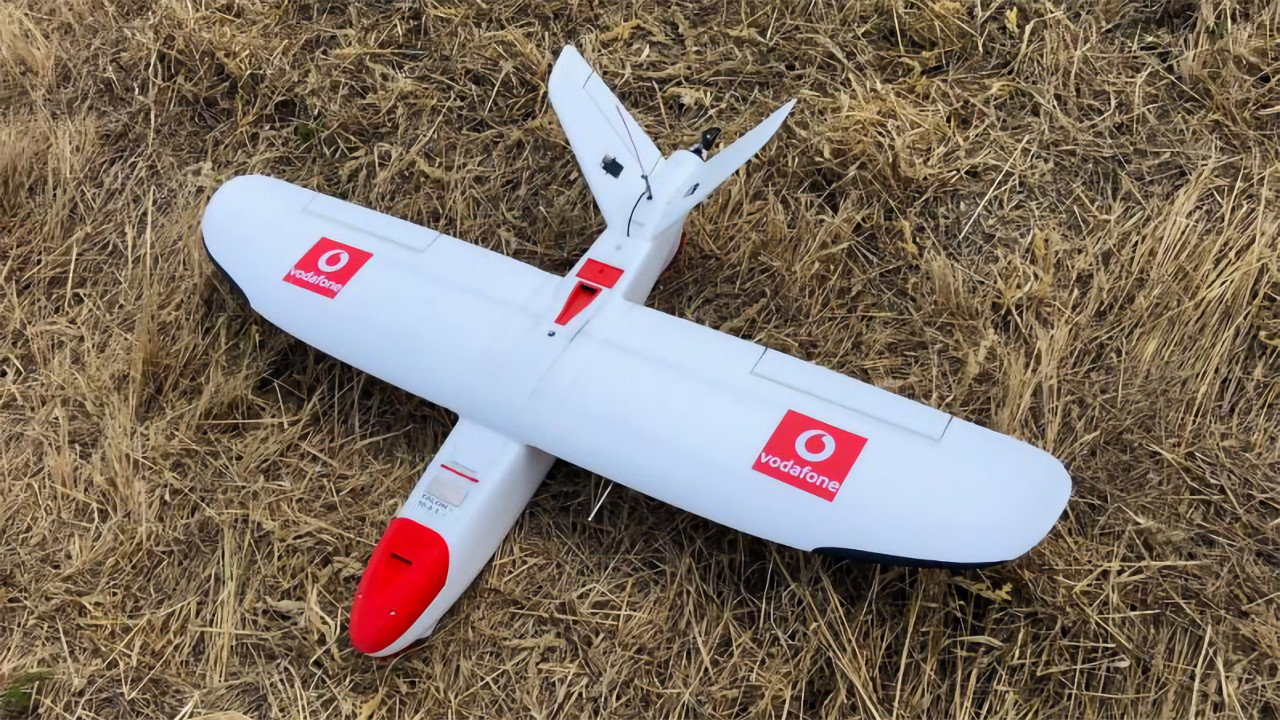Vodafone UK has announced that it is to join the National Beyond Visual Line of Sight Experimentation Corridor (NBEC) consortium as it works to expand its efforts in 4G and 5G cellular drone tracking and control.
Vodafone’s work on cellular-connected drone tracking and control has been ongoing for some time, with much of its efforts detailed in a report released in November last year. While the majority of its work has been technical in nature, the company isn’t above the occasional Christmas-themed demonstration as a showcase of where it sees drone technology going in the future.
Now the company has announced its membership of the National Beyond Visual Line of Sight Experimentation Corridor (NBEC), an industry consortium dedicated to providing a controlled strip of airspace between a Blue Bear Research facility in Bedford and Cranfield University for the testing of drones flown outside of the operator’s visual field. Vodafone’s contribution: tests to showcase how 4G and 5G cellular connectivity can be used to identify and track drones in real time, as a complement to existing GPS-based tracking systems.
“Drones offer exciting opportunities for the future that will benefit society and the economy. However, we need to make sure they are used safely and responsibly,” explains Vodafone Business UK director Anne Sheehan of her company’s membership. “We are delighted to bring our mobile connectivity expertise to the NBEC consortium so that drone technology can be further tested and developed.”
“The addition of global connectivity leader Vodafone will be a significant boost to our capabilities as we develop NBEC,” adds Cranfield University director of aerospace Professor Iain Gray. “Upon completion, NBEC will be a national asset that will help unlock the potential of a modernised UK airspace.”
“The creation of NBEC allows new technologies to be integrated and tested together to accelerate leading edge research and create a blueprint for UK drone activities,” concludes Blue Bear managing director Ian Williams-Wynn. “Expanding the consortium with key industry leading technology providers, such as Vodafone, will increase NBEC’s capability, and accelerate the expansion of NBEC to become the place to test drones in the UK.”
Lime Microsystems has partnered with Vodafone on a separate project, the LimeNET CrowdCell platform, and has carried out its own experiments with the use of field-programmable radio frequency (FPRF) base stations mounted onto commercial drones as showcased in the below video presentation.
